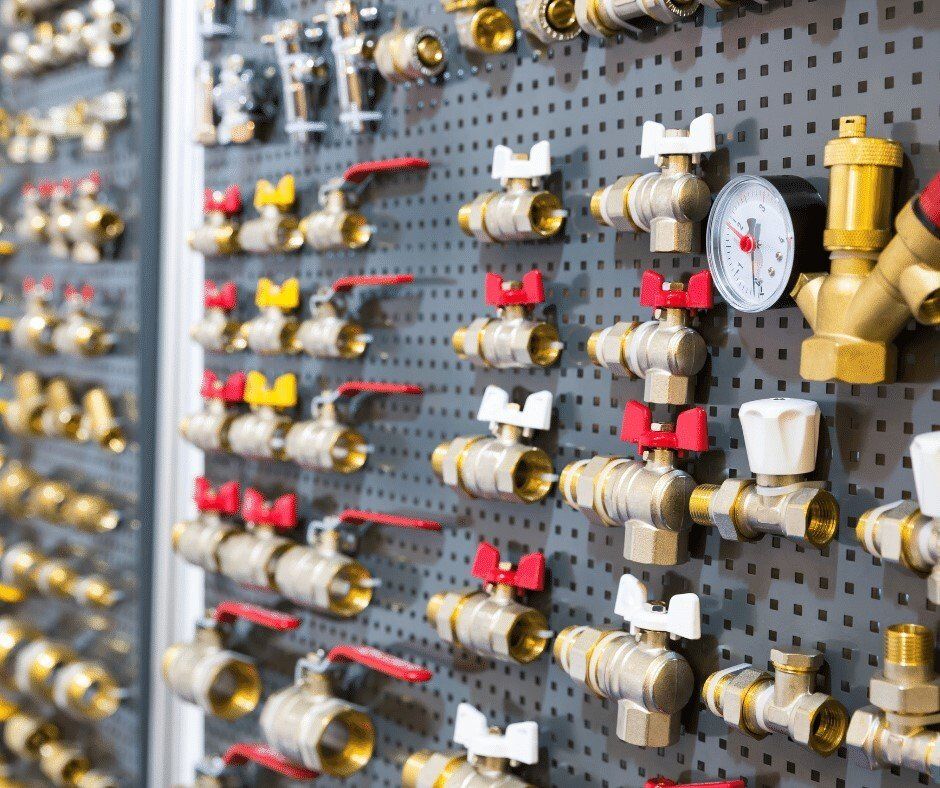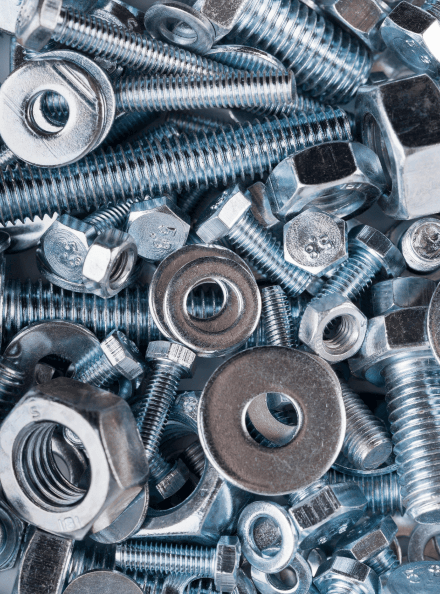The Challenge
The Client was a components manufacturer based in the USA and Europe, supplying product to Original Equipment Manufacturers (OEM's) based in China. With a large international customer base in China, they were looking for the following international supply chain solutions within China:
- A local presence and local customer service solutions.
- Local bespoke warehouse solutions, which would allow them to meet their customers’ needs.
- The ability to store inventory sourced from the USA, Taiwan, India and China locally in China, therefore reducing delivery lead-times.
- The flexibility to avoid investing in ‘bricks and mortar’ within China.


The Solution
The Deliverables
Benefit 1
- Goods coming domestically into the BLPs from outside the parks are treated as export and go through export declaration formalities.
- Goods coming into the BLPs from outside China are bonded.
This was a good fit with the Client’s business model because the Client would not pay local taxes or duty on imported goods until the goods were despatched from the BLP warehouse to the customer’s Chinese factory.
Benefit 2
The BLPs were operated by 3rd Parties, such as the Client’s freight forwarding partner. This was a good fit with the Client’s business model because:
The Client would not be required to invest in ‘bricks and mortar’ within China.
The Client already had an integrated working relationship with their freight forwarding partner, which included inventory solutions.
Benefit 3
Imported and/or domestic goods could be taken into the bonded logistics parks for assembling, packing and storage, and then shipped to the Customer’s Chinese factory when required or to other countries, such as the USA or Canada. This was a good fit with the Client’s business model because:
- The Client could replicate the activities of their operations in the USA and Europe.
- The Client’s vendors could deliver products into the BLP for both the Customer’s Chinese factory and for their North American business. The BLP would then sort, store, consolidate and ship accordingly.
Benefit 4
Domestic goods could be taken into the BLPs for assembling, pick & pack, storage and simple processing, and then distributed to domestic or overseas markets depending on the demand in the marketplace. This was a good fit with the Client’s business model because products sourced domestically could be taken into the BLP warehouse and processed as they were at the USA and European sites. The Chinese vendor would get their VAT refund at that point. However, when shipping any goods from the BLP warehouse to the Client’s customer’s Chinese factory, all documentation (packing lists, invoicing, etc.) would be in the name of the Client. Therefore, the end customer would have no visibility of the Client’s Chinese vendors.
Benefit 5
Imported goods or Chinese domestic goods could be taken into the BLPs for assembling, pick & pack, storage and simple processing, and then sold to the Customer’s Chinese factory or overseas markets depending on the demand in the marketplace. This was a good fit with the Client’s business model because product could be sourced from multiple countries (China, Taiwan, India, USA, etc.), shipped into the BLP warehouse and packed together to meet the Customer’s needs.
Client Testimonial
"Ian’s thorough understanding of different countries processes, best practices, warehousing and relevant laws accelerated our learning curve as we expanded our international infrastructure. As a result, we were able to avoid many of the expensive learnings that companies can experience."
Vice President

